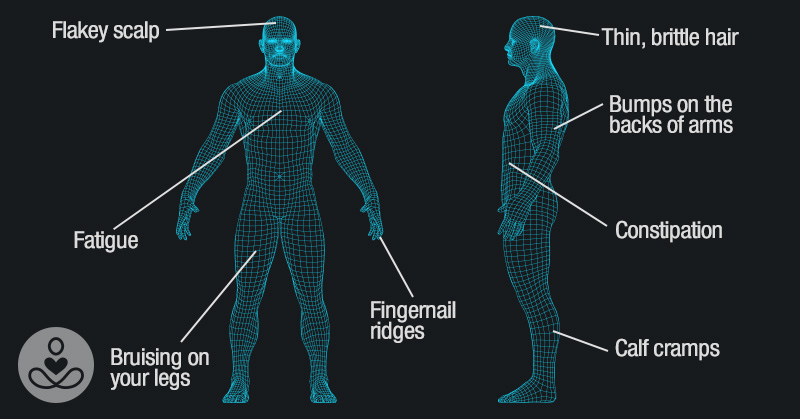When it comes to our health, it’s often easy to get lost or overwhelmed by everything we see online, on TV, in the news, and even from our own friends and family. Something that should be straightforward quickly becomes confusing and convoluted. Add the layer that everyone’s bodies are different and have different needs, and yeah, it can seem a bit impossible. That being said, if you know what to watch for, the body can ” communicate” to you what it needs. The following are some common signs of vitamin deficiency to watch out for and what you can do to meet your nutritional needs.
Read: 3 Vitamin Deficiencies Linked to Headaches
The most common signs of vitamin deficiency (and foods to help)
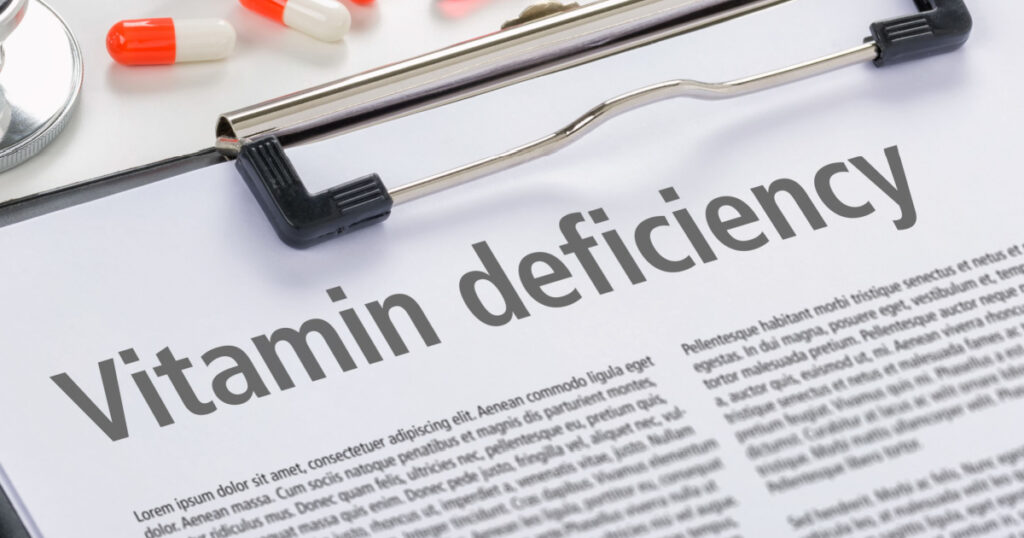
Eating healthy is pretty simple. In Michael Pollan’s book In Defense of Food, he lays it out quite clearly: Eat real food. Mostly plants. Not too much. What does he mean? Well, real food is not pre-prepared foods that come from a box or foods filled with various processed ingredients. Make sure that most of the foods you eat are plant and plant-based: more fruits and vegetables, more beans and legumes, that sort of thing. Finally, don’t overeat. Even a healthy diet can become less so if consumed in excess.
While we should all strive to follow that method of eating, sometimes, life gets in the way. Sometimes, our bodies don’t absorb certain nutrients like other bodies do. Or, perhaps we’ve just fallen into unhealthy habits and need to improve. Regardless of the reason, if you are deficient in a nutrient, your body will send you signs.
Read: Autoimmune disease may be prevented by vitamin supplements, study finds
1) Bumpy skin
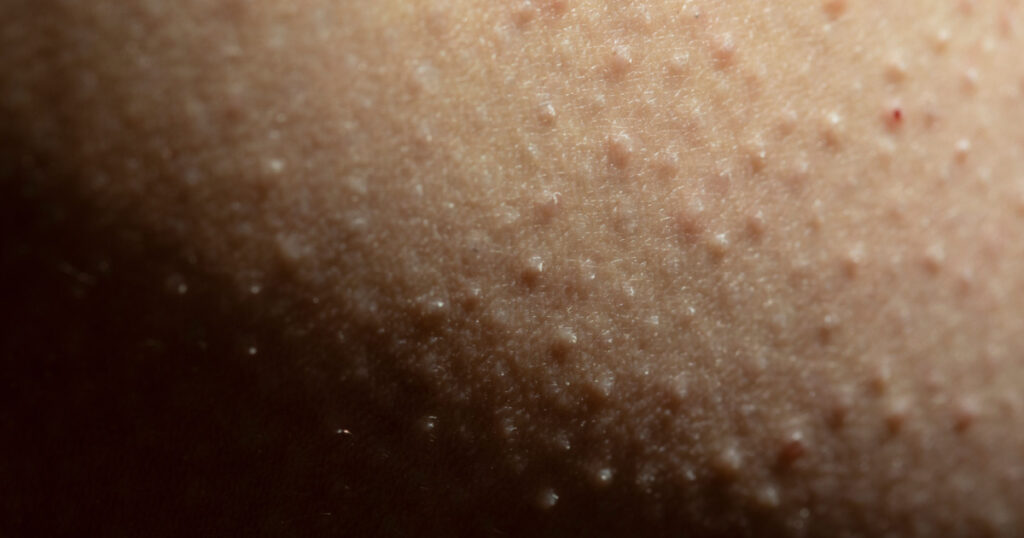
Often red or white, bumps on your skin (e.g., buttocks, thighs, arms, and cheeks) can signal something called keratosis pilaris — a skin condition that usually disappears in adulthood. Though its cause isn’t completely understood, research suggests that an abundance of keratin is being produced in hair follicles, which causes the bumps. There are individuals with keratosis pilaris as a result of genetics. But, as outlined in The National Academies of Sciences, Engineering, and Medicine, studies show that people exhibiting the signs of keratosis pilaris may be lacking enough vitamin A and vitamin C in their diets. (1,2)
Foods to add to your diet:
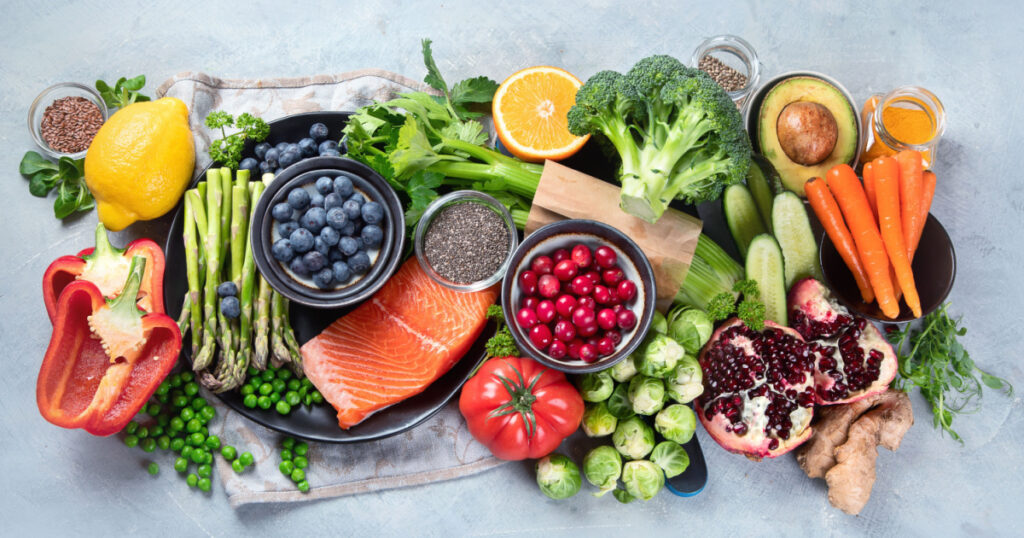
- Dairy
- Eggs
- Fish
- Dark leafy greens (contains provitamin A/beta carotene)
- Organ meats
- Yellow-orange vegetables (contains provitamin A/beta carotene)
- Citrus fruits (lemons, limes, oranges)
- Acerola cherries
- Guavas
- Kale
- Broccoli Kiwis
2) Brittle nails and weak hair
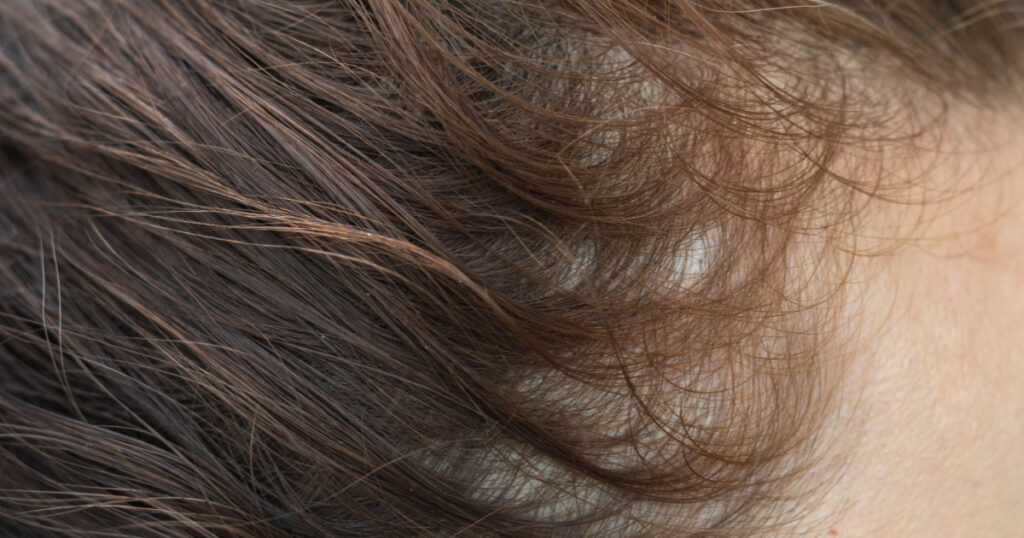
The causes of these symptoms are plenty, but biotin or vitamin B7 deficiency is an especially well-researched reason. People who smoke or drink heavily, are pregnant, or have digestive disorders are at risk of developing a vitamin B7 deficiency. (3) You can also eat things that can trigger this deficiency. For example, raw egg whites contain avidin, a protein that binds to and reduces its absorption of vitamin B7. Consuming raw egg whites can lead to this deficiency. (4,5)
Foods to add to your diet:
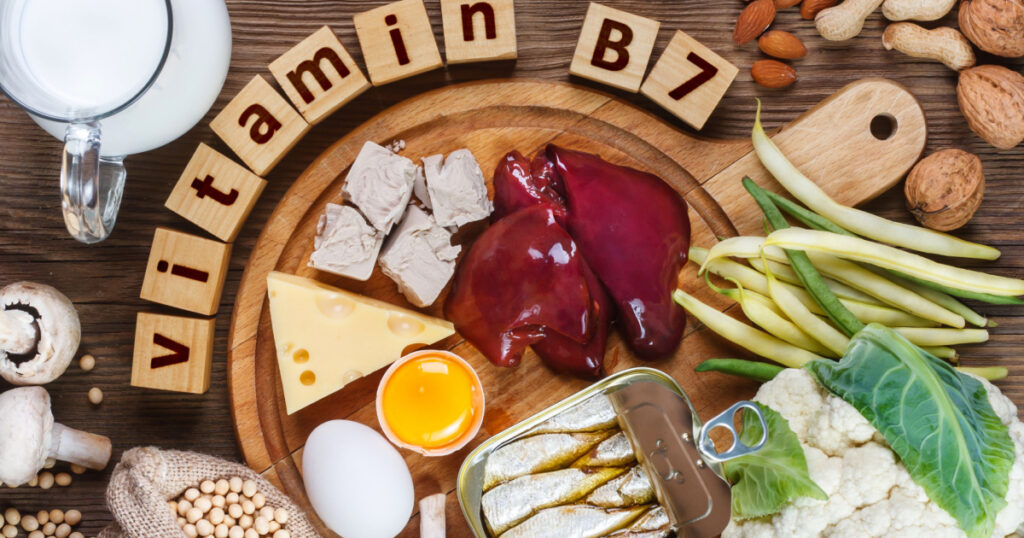
- Organ meats
- Fish
- Meat
- Dairy
- Egg yolks
- Spinach
- Nuts
- Seeds
- Broccoli
- Sweet potatoes
- Whole grains
- Bananas
- Cauliflower
3) Restless leg syndrome (RLS)

Also called Willis-Ekbom disease, restless leg syndrome is a nervous system disorder that causes symptoms such as general sensory discomfort, burning or itching in the lower body, and an uncontrollable urge to move. RLS affects up to 10% of Americans, and women are twice as likely to experience it, according to the National Institute of Neurological Disorders and Stroke. The most common deficiency linked to RLS is iron deficiency. Many studies have evidence suggesting that low blood iron can make the symptoms of restless leg syndrome worse. (6,7) Iron levels can drop drastically during pregnancy, so this is often found in pregnant women. (8)
Foods to add to your diet:
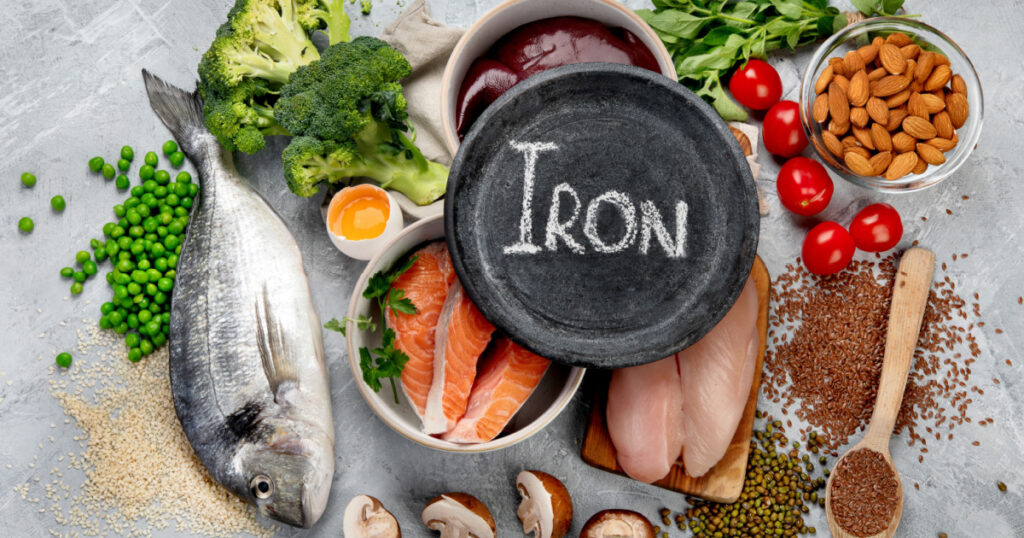
- Meat
- Poultry
- Fish
- Dark leafy greens
- Nuts
- Seeds
- Whole grains
Read: Harvard nutritionist shares No. 1 vitamin for brain health
4) Bleeding gums
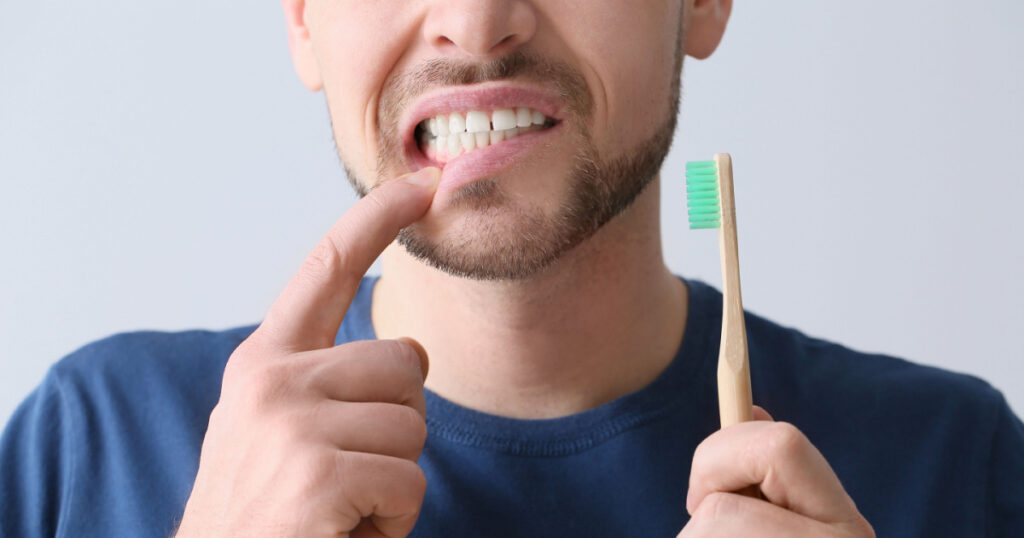
Chances are, once you start flossing regularly enough, your gums will stop bleeding. However, a vitamin C deficiency can also be at the root of bleeding gums. The body cannot produce vitamin C by itself. Without sufficient levels of vitamin C in your body, the body is missing out on its antioxidant, immune-boosting, and wound-healing properties. While eating just a few pieces of fruit and vegetables daily should reach your vitamin C goals, you can always increase your status. As a water-soluble vitamin, there is no fear of overconsuming it, particularly through food sources. (9,10)
Foods to add to your diet:
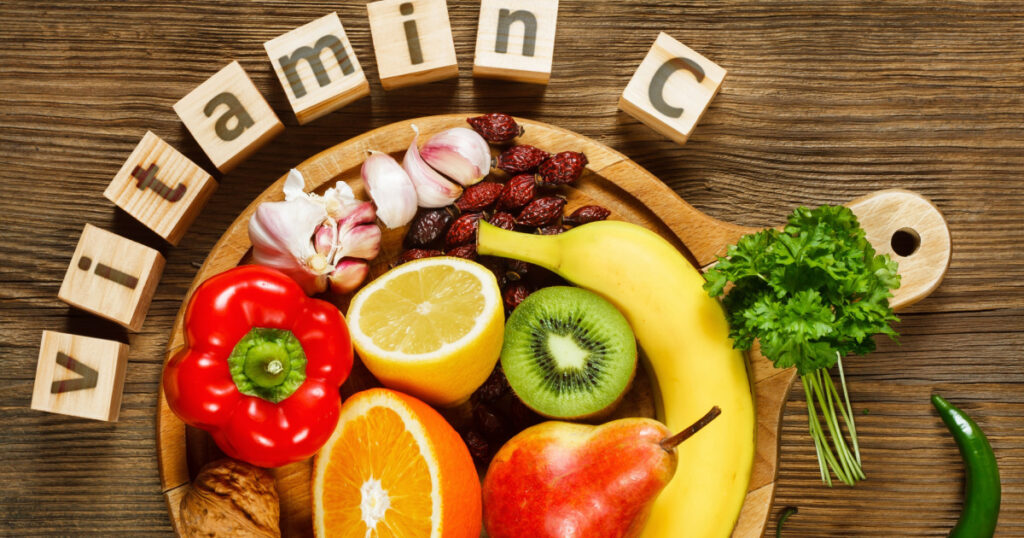
- Blackcurrants
- Citrus fruits (e.g., oranges, limes, and grapefruit)
- Berries
- Kiwi
- Tomatoes
- Broccoli
- Sprouts
5) Dandruff and flaky skin
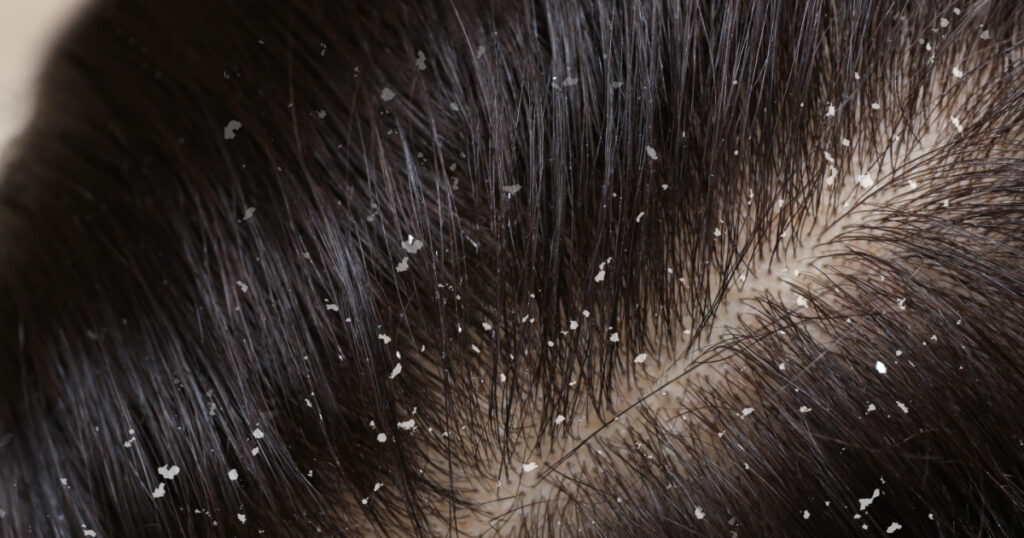
The skin disorder called seborrheic dermatitis (SD) affects the areas of your body that produce oil. Generally, people with SD experience dandruff and flaking skin (e.g., on the face, groin, armpits, and chest) shortly after birth, during puberty, and mid-adulthood. It’s so common, in fact, that 50% of adults and 42% of infants will likely experience seborrheic dermatitis at some point in their lives. (11) Though not fully understood, studies have linked SD to mineral deficiencies, including zinc, vitamin B2 (riboflavin), vitamin B3 (niacin), and vitamin B6 (pyridoxine). Thankfully, you can eat plenty of nutrient-dense foods to help boost your levels. (13)
Foods to add to your diet:
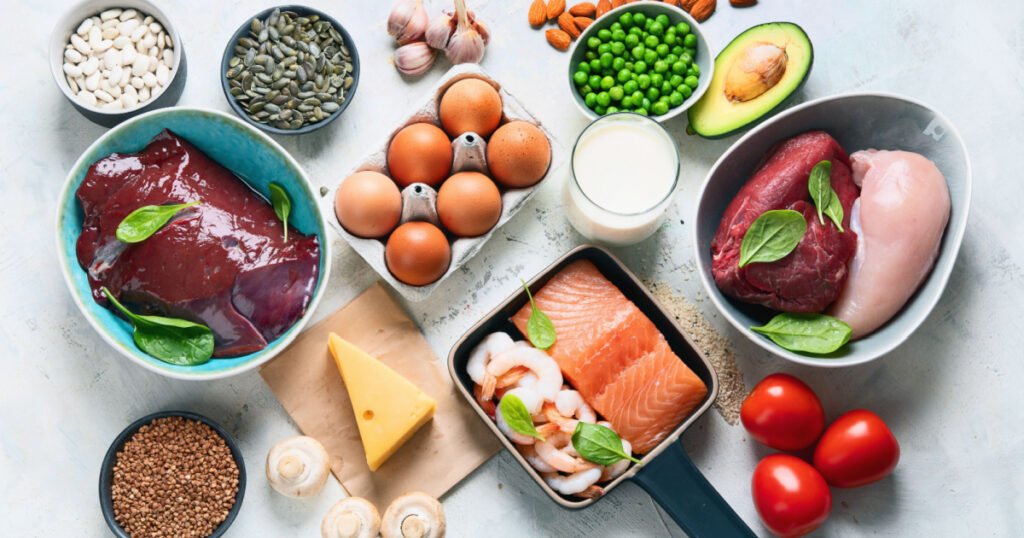
- Whole grains
- Poultry
- Meat
- Seafood and fish
- Eggs
- Dairy
- Legumes
- Green leafy vegetables
- Starchy vegetables
6) Mouth ulcers
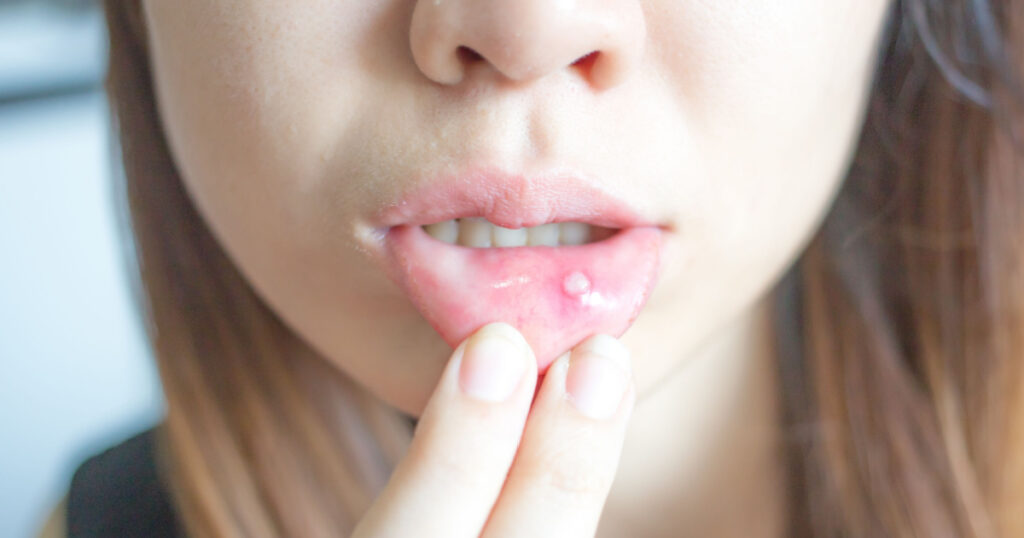
A lack of certain nutrients, specifically B vitamins or iron, may be the culprit behind ulcers in or around the mouth (i.e., canker sores). In one study, researchers found that people with mouth ulcers were 2x as likely to have low iron levels as those without. (14) Another study found a correlation between vitamin B1, B2, and B6 deficiencies and mouth ulcers in 28% of patients. (15)
Foods to add to your diet:
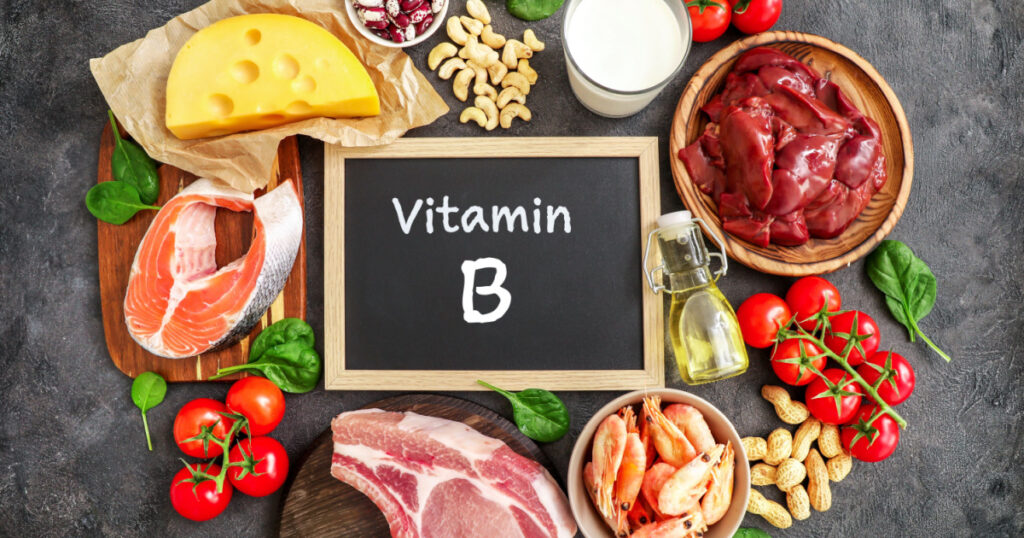
- Poultry
- Meat
- Fish
- Legumes
- Dark leafy greens
- Nuts
- Seeds
- Whole grains
- Green vegetables
- Starchy vegetables
- Dairy
Read: Researchers find that brains with more vitamin D function better
7) Constipation

When you’re backed up and haven’t had more than three bowel movements in a week, your body’s trying to tell you something. More often than not, though, there’s a relatively quick and natural fix. According to the U.S. Department of Agriculture, adults consume approximately half of the recommended daily fiber intake for men (38 grams) and women (25 grams). (16) A meta-analysis has showed that dietary fiber intake can definitely increase stool frequency in patients with constipation. (17) Another study showed evidence that increasing magnesium intake can help people with constipation. (18)
Foods to add to your diet:
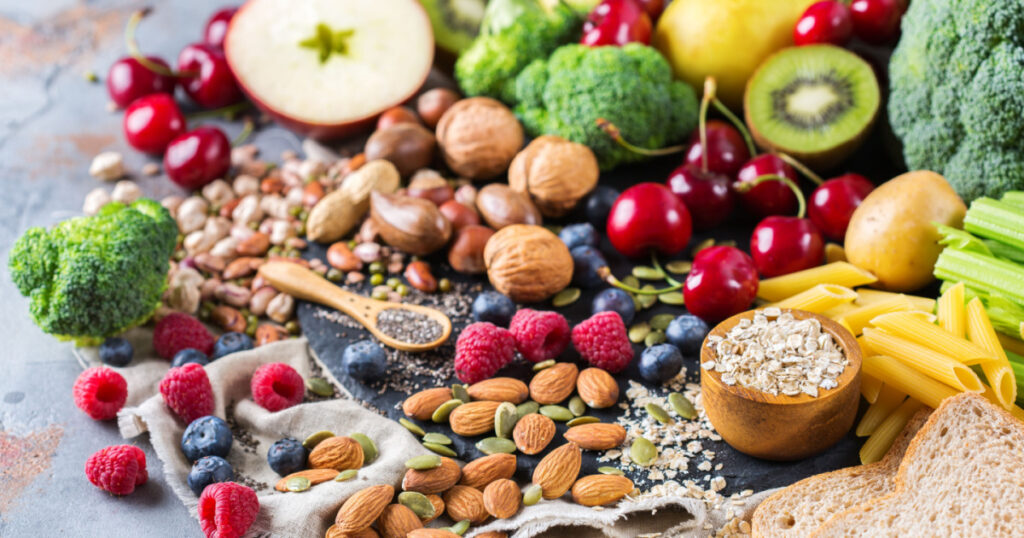
- Flaxseeds
- Broccoli
- Apples
- Lentils
- Figs
- Prunes
- Spinach
8) Leg bruising
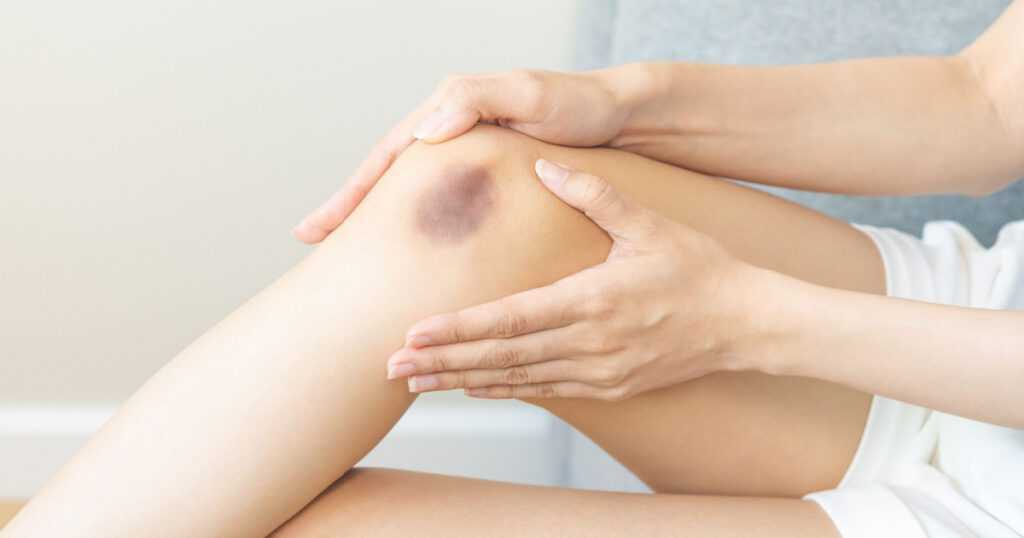
Have you ever looked down to see your leg bruised, with no idea of how it got there? You may be bruising a bit too easily. According to medical professionals, you may lack vitamin C, which is crucial in making collagen. This, in turn, helps the formation of blood vessels. A vitamin C deficiency can cause your body’s capillaries to weaken and increase your chances of bruising. (19)
Foods to add to your diet:
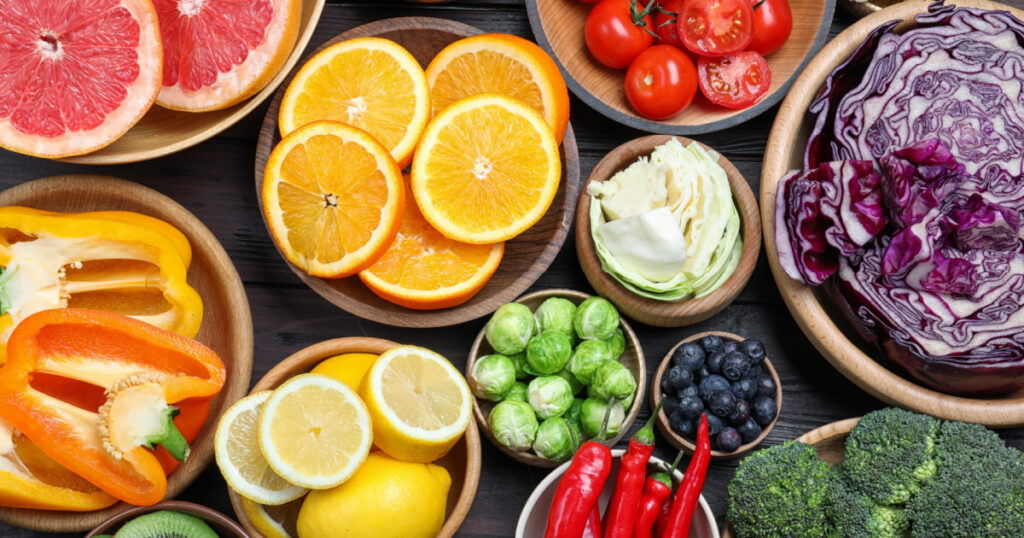
- Citrus fruits
- Strawberries
- Broccoli
- Brussels sprouts
- Cauliflower
- Green and red peppers
- Spinach
- Cabbage
- Mango
9) Fatigue

If you feel tired all the time, regardless of how much sleep you get, you could suffer from a vitamin D deficiency. Symptoms of a vitamin deficiency may include depression, hair loss, muscle pain, bone and back pain, and tiredness. In a double-blind randomized placebo-controlled trial, however, researchers found that vitamin D helped treat fatigue among otherwise healthy individuals. (20)
Foods to add to your diet:
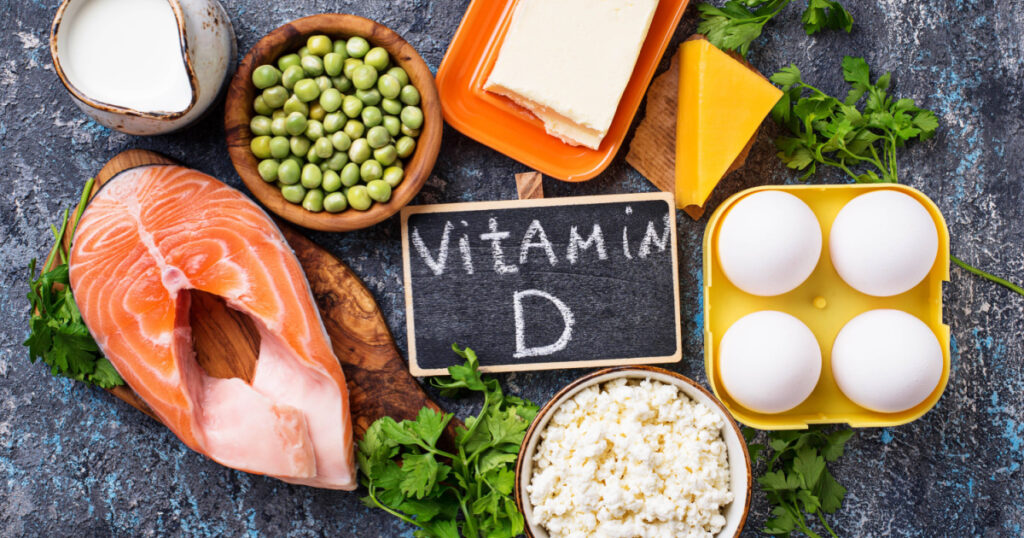
- Fatty fish (e.g., tuna, mackerel, salmon)
- Fortified soy and almond milk
- Cheese
- Egg yolks
- Mushrooms
10) Calf cramps
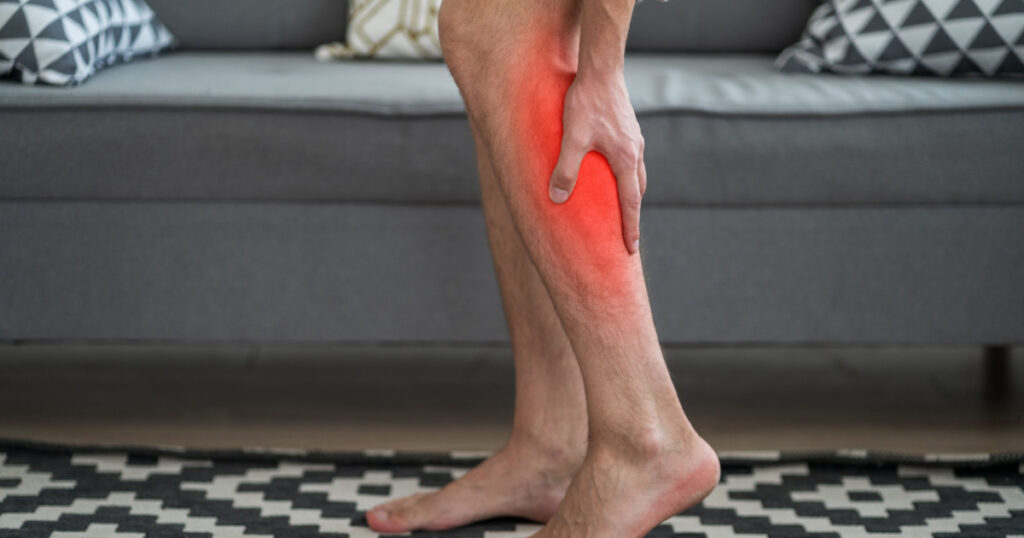
Calf and other muscle pain can often be traced back to insufficient magnesium levels. This “miracle mineral” is involved in over 600 cellular reactions, including muscle contractions. However, almost 70% of American adults are magnesium deficient. (21) Magnesium helps muscles relax by acting as a natural calcium blocker since calcium binds to specific proteins to cause muscles to contract. (22) Without enough magnesium to compete against calcium, your calf muscles among others may over-contract, which causes cramps. (23)
Foods to add to your diet:
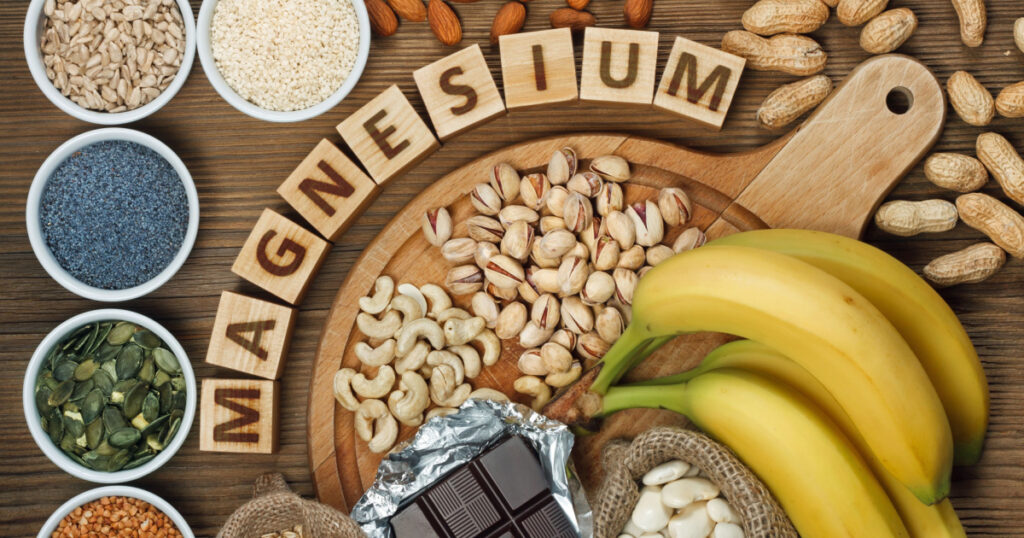
- Pumpkin seeds
- Spinach
- Swiss chard
- Black beans
- Flaxseeds
- Almonds
- Cashews
- Dark chocolate
- Avocado
- Tofu
- Salmon
Notice any of the signs above in your own body?
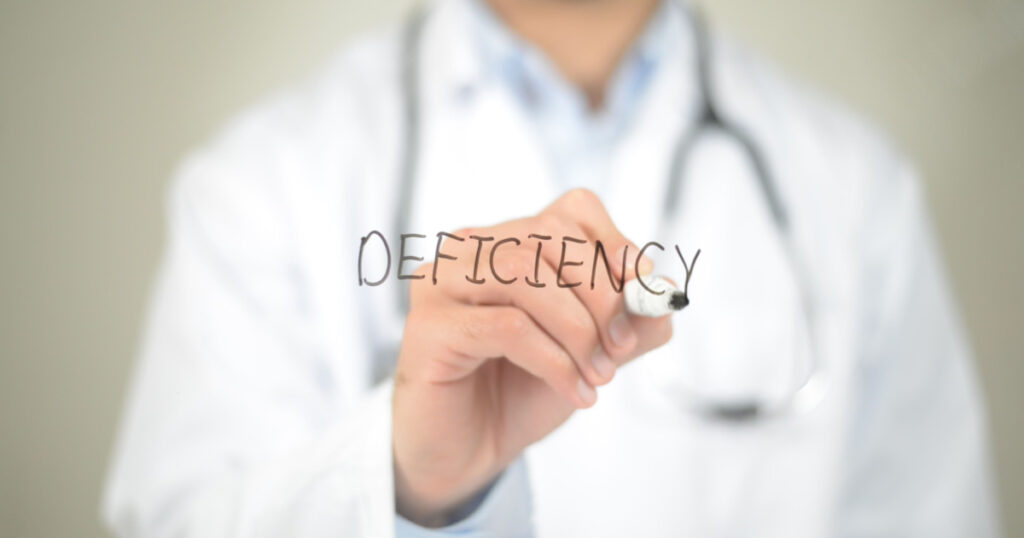
If you notice these signs in your body, the first thing to do is to clean up your diet and see how your body responds. In the meantime, you can see your healthcare provider, who may also make some suggestions for you. The important thing is that you don’t only turn to conventional medicine to solve the problem. If you do without changing your diet and lifestyle habits, the problem will only return.
In combination with daily physical activity and an overall healthy lifestyle, you can start adding these healthy, whole foods to your diet. Supplements, too, have their time and place and can work to help fortify your diet. Talk to your healthcare practitioner before you start taking any new supplements to see if they’re right for you.
Keep Reading: 11 Warning Signs Your Body Is Suffering from Iodine Deficiency
Disclaimer: This information is not intended to be a substitute for professional medical advice, diagnosis or treatment and is for information only. Always seek the advice of your physician or another qualified health provider with any questions about your medical condition and/or current medication. Do not disregard professional medical advice or delay seeking advice or treatment because of something you have read here.
